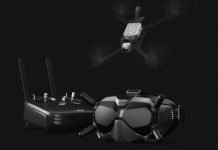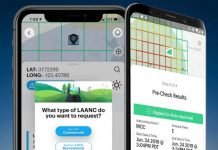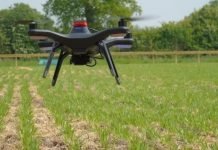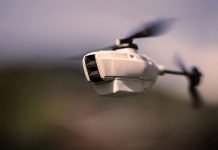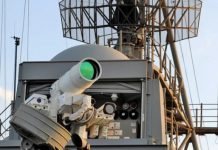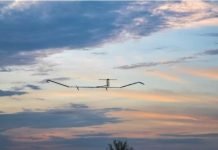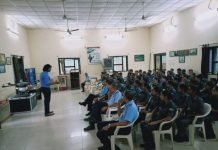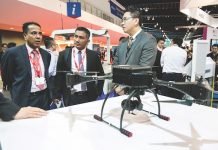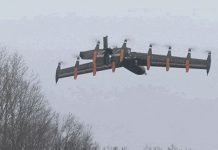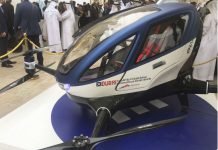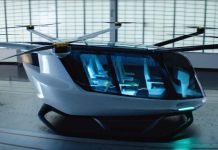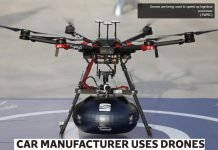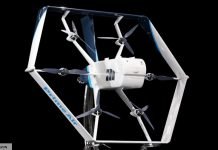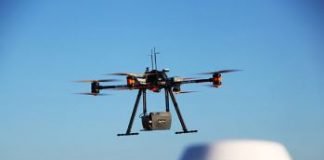Terrestrial, aerial or bathymetric survey helps in establishing plans on which the topography of a township, town, village, urban area, agricultural area, valley, pit, open pit mine, or a river, lake or lagoon is represented with its natural and artificial details. The surveyor or topographer creates these plans with topographic measurement devices: electronic tacheometer, 3D scanner and GPS.
Hélicéo offers a whole range of innovative products allowing surveys to be carried out automatically via aerial drones, multirotors, vertical takeoff aircraft or aquatic drones. Hélicéo also designs terrestrial photogrammetry tools and vehicles for urban or technical surveys.
Hélicéo offers several platforms, all compatible with DroneBox, which cover all types of surveying and measurements missions.
Terrestrial photogrammetry mission
Terrestrial survey is a technique that provides accurate and important details. This is the ideal solution for missions such as facade surveys, industrial inspection, interior surveys, volume or cubature calculation, civil engineering surveys, etc.
This technique allows for precision measurements in a restricted area. It can be used for 3D modeling of objects, walls, corridors, ceilings, arches, etc. It can also be used to complement a terrestrial or aerial mission.
Aerial drone missions
Hélicéo’s aerial platforms offer a comprehensive view of a territory. Civilian and professional drones designed by Hélicéo provide experts in geomatics, topography, architecture and civil engineering with accuracy in terrestrial measurements.
With the photogrammetric camera onboard, it is possible to model an area in 3D, enabling the measurement of lengths, areas, volumes, and thus generating an accurate map.
The Fox multirotors and the Foxy vertical takeoff aircraft allow a wide range of missions to be completed, from precise surveys of up to 10ha with Fox4 or SuperFox6 to large scale surveys of up to 100ha with Fusion. With the RTK DroneBox and HASK software developed by Hélicéo, the aerial acquired data is georeferenced in real time, allowing a quasi-automatic processing and avoiding the need for ground control points.



Interior drone surveying
Interior surveying consists of providing a large number of measurements in order to produce a geometric representation of a building at any point. There are many applications: industrial buildings, public buildings (sports halls, exhibition hall), historic buildings (museums, castles, churches), archaeological sites, etc.
Modeling buildings enables the production of plans, models and thermal balances which help in monitoring and documenting the evolution of a structure. This is a key issue for better management of buildings. Good knowledge of the structure allows for implementation of evacuation or contingency plans.
Lasergrammetry, which reconstructs a 3D point cloud using the distances and angles recorded by a dynamic laser scanner device such as LiDAR.

Photogrammetry, which uses 3D scenes and measures of spatial positions using a calibrated digital camera with a wide angle lens.

Exterior drone surveying
Exterior drone surveys involve measuring all elements observable from outside. There is a wide range of survey techniques: terrestrial photogrammetry, aerial photogrammetry, laser scanning, LiDAR, tacheometry, GNSS rover, etc. Survey vehicles are also very diverse (see types of surveying): mobile mapping, drones, VTOL airplanes, backpack, etc.
For aerial photogrammetry, a large number of application fields stand out:

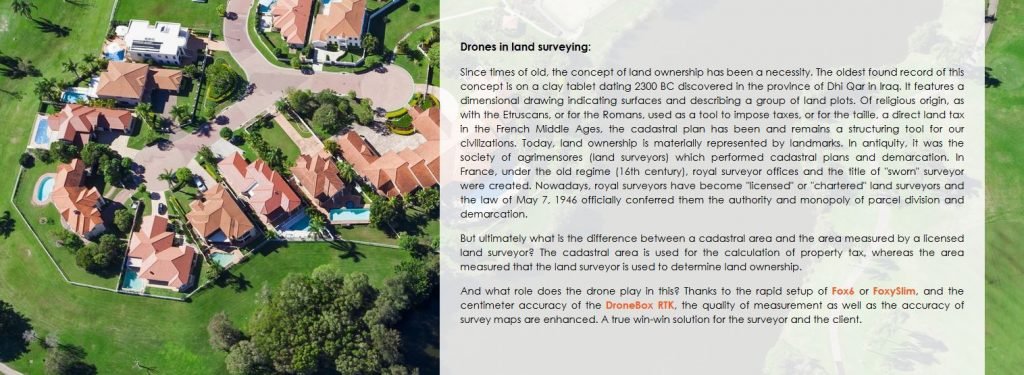




Credits: heliceo


